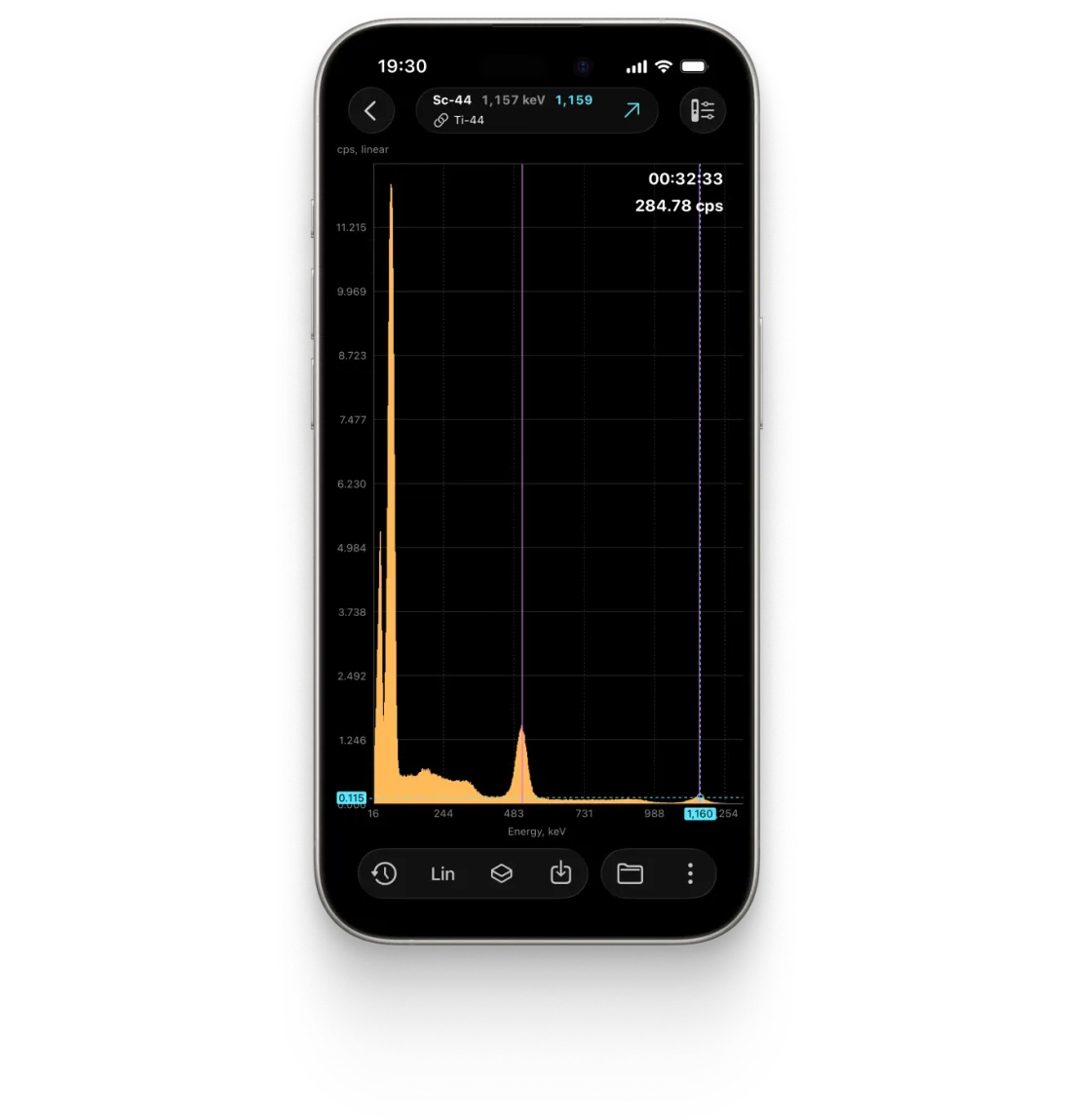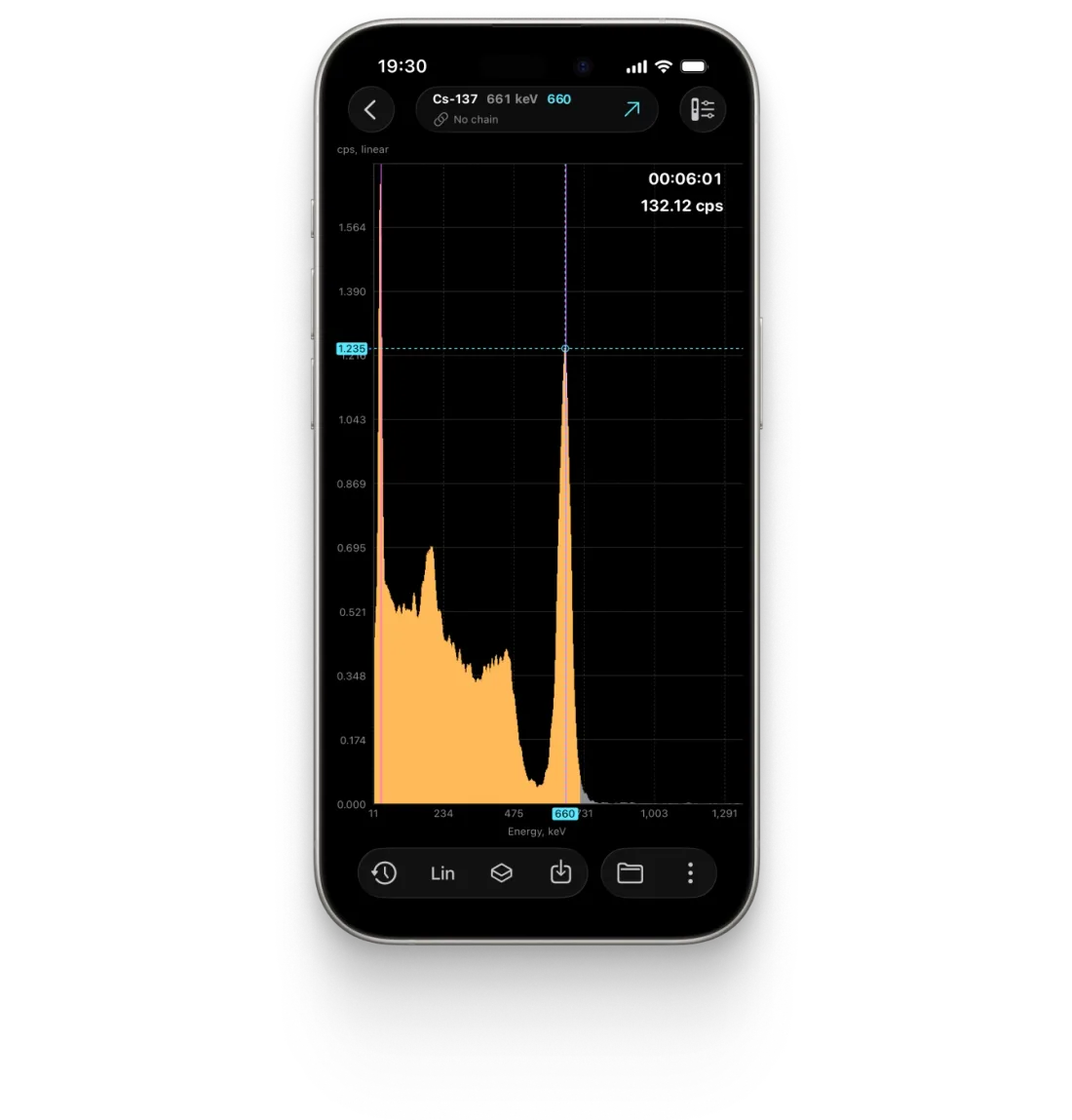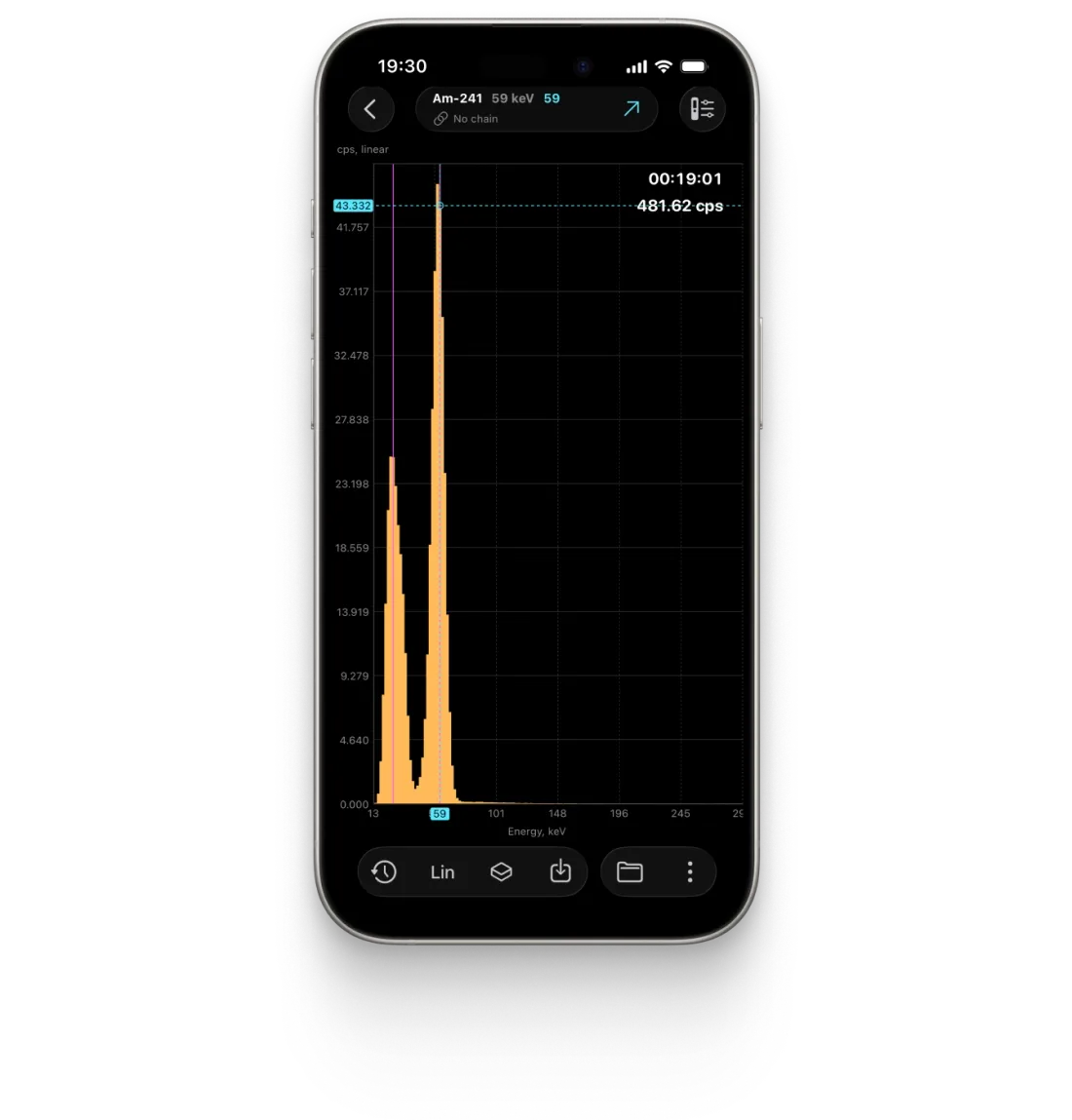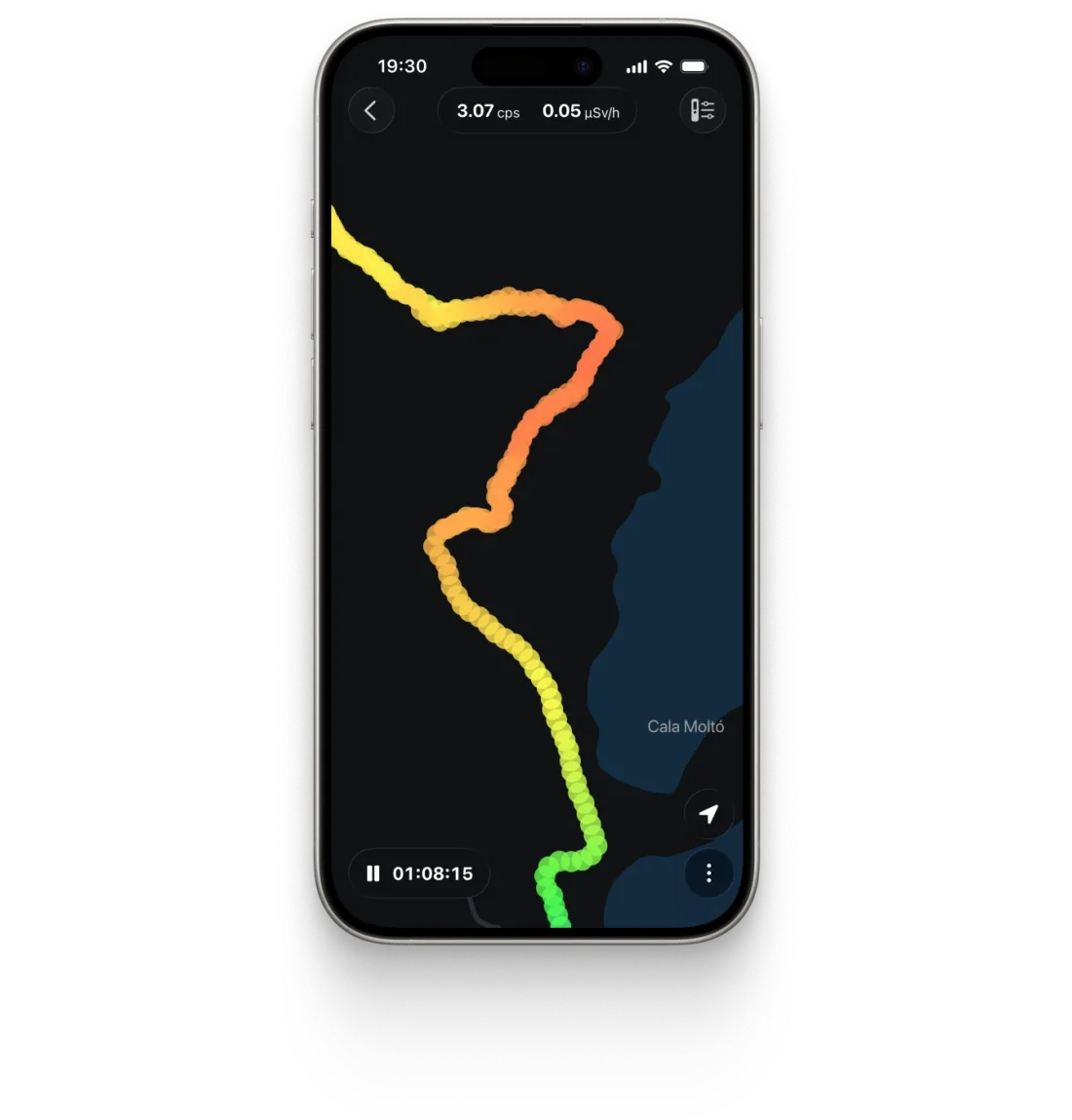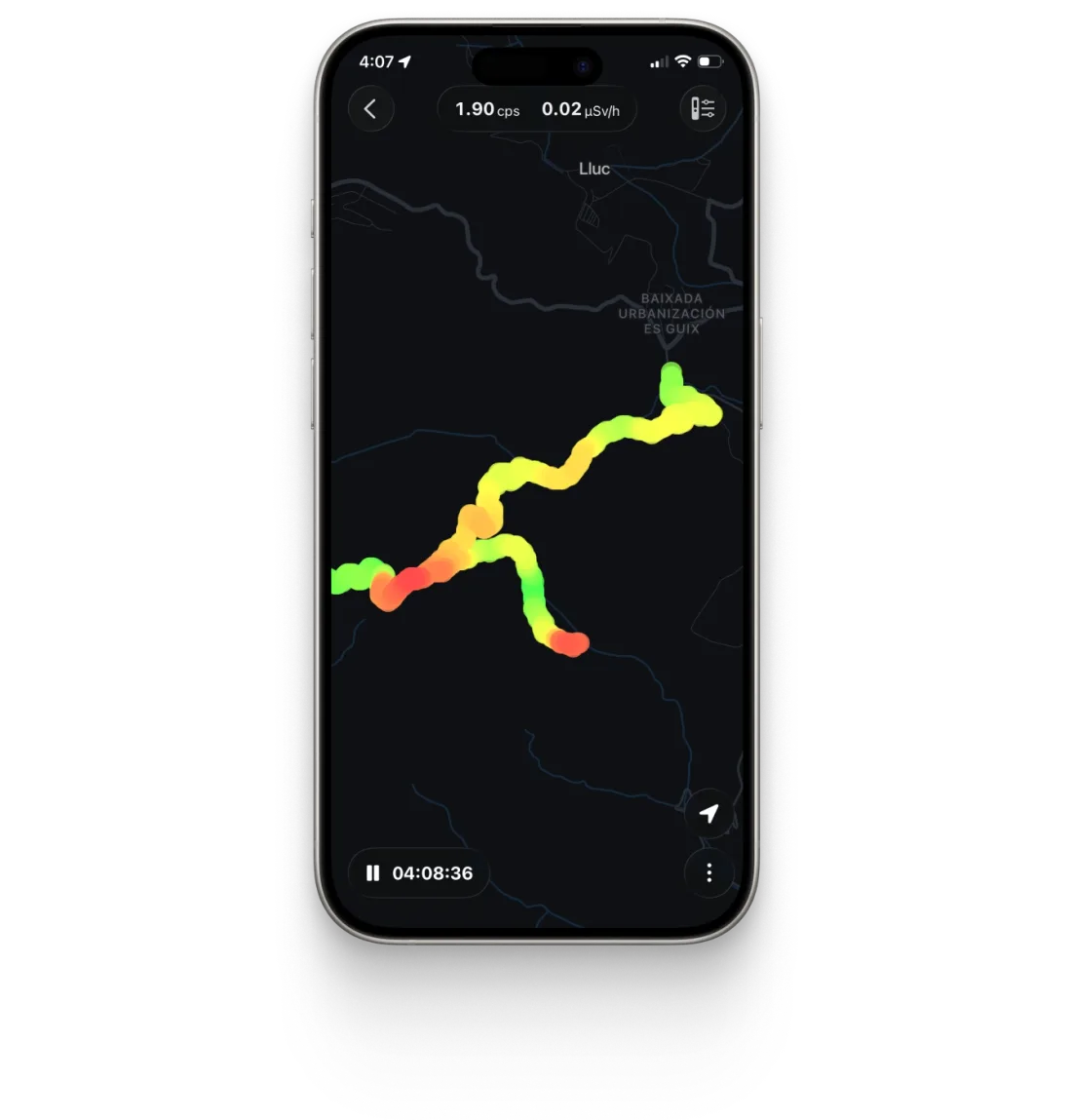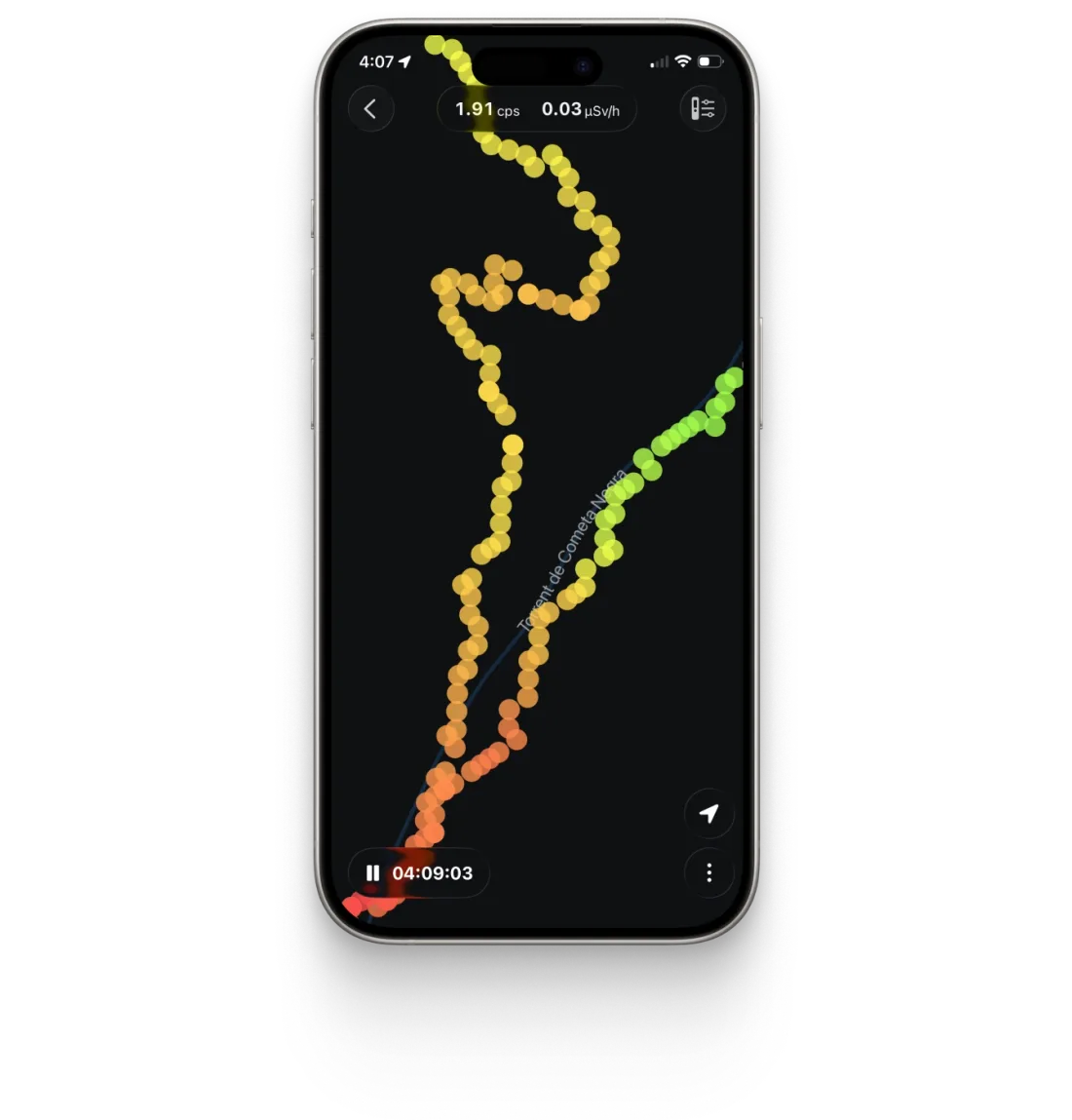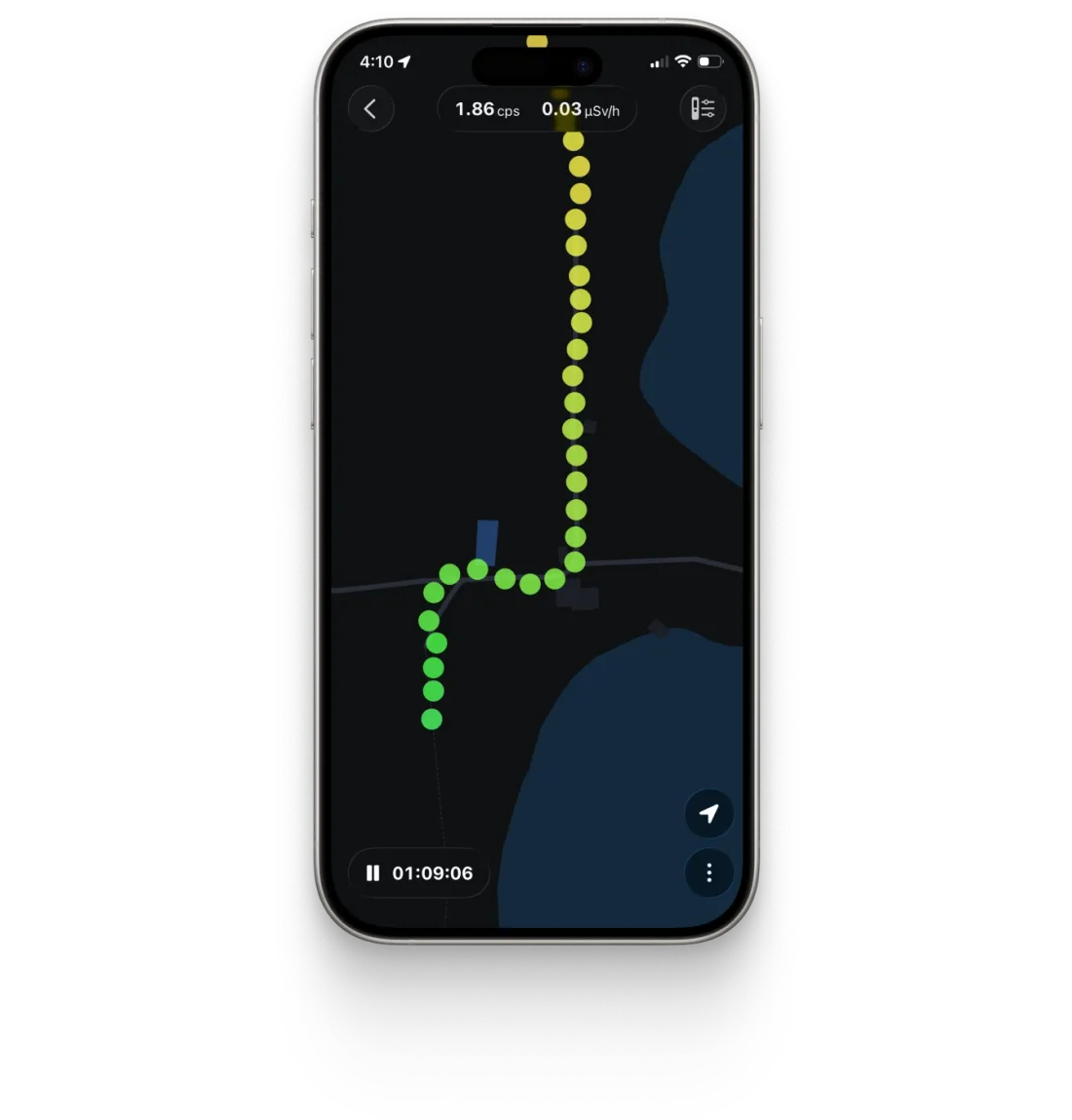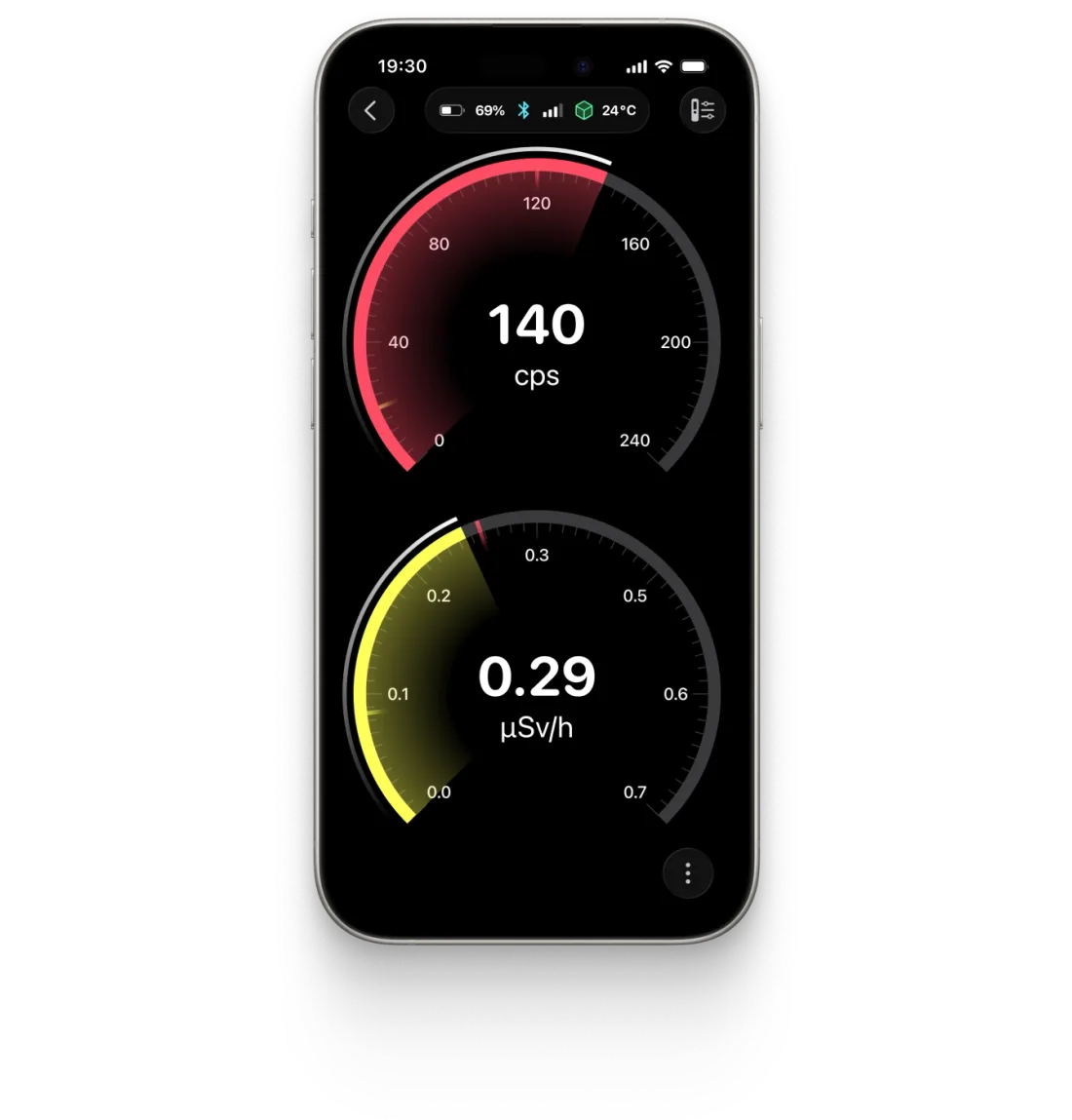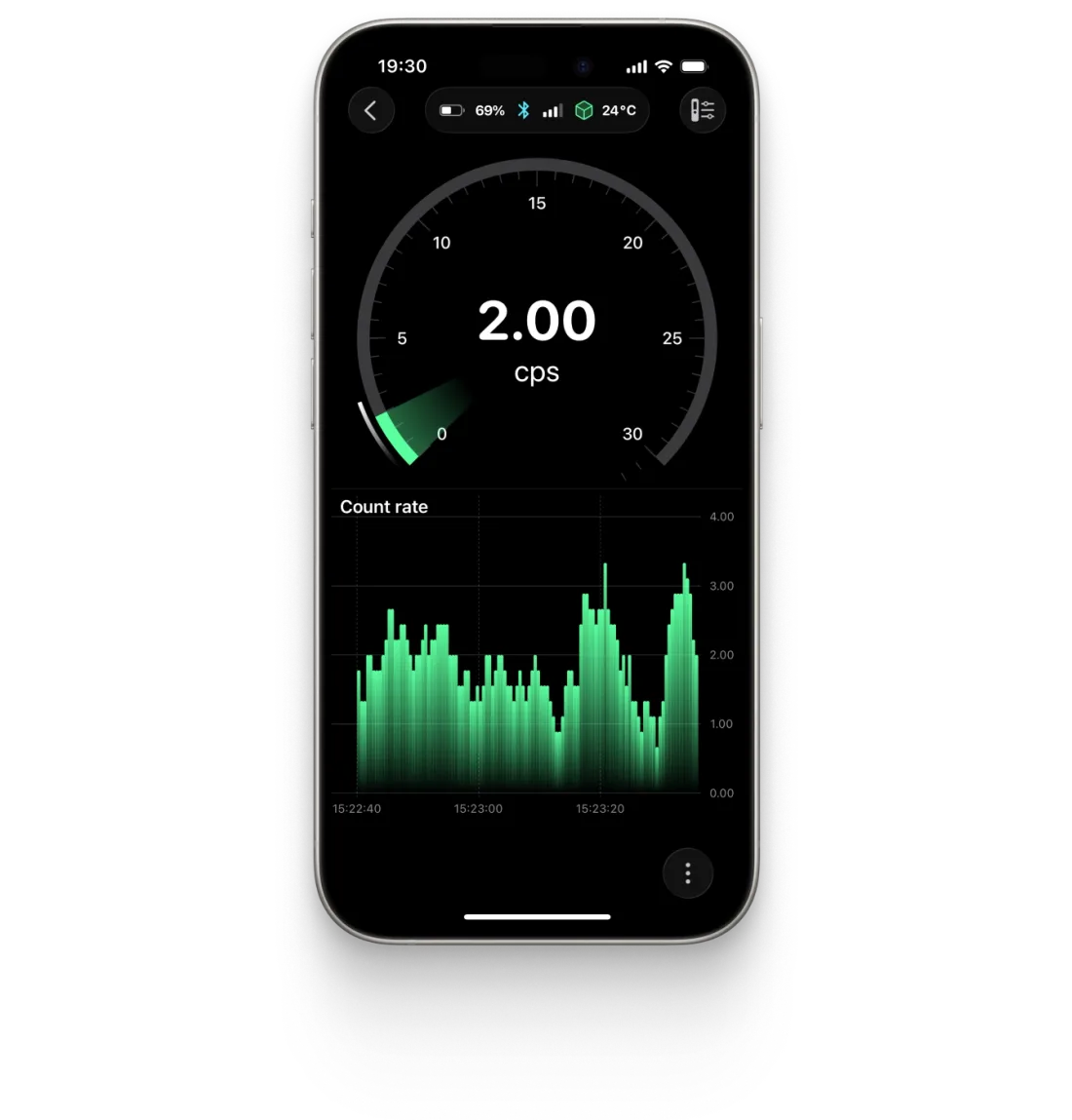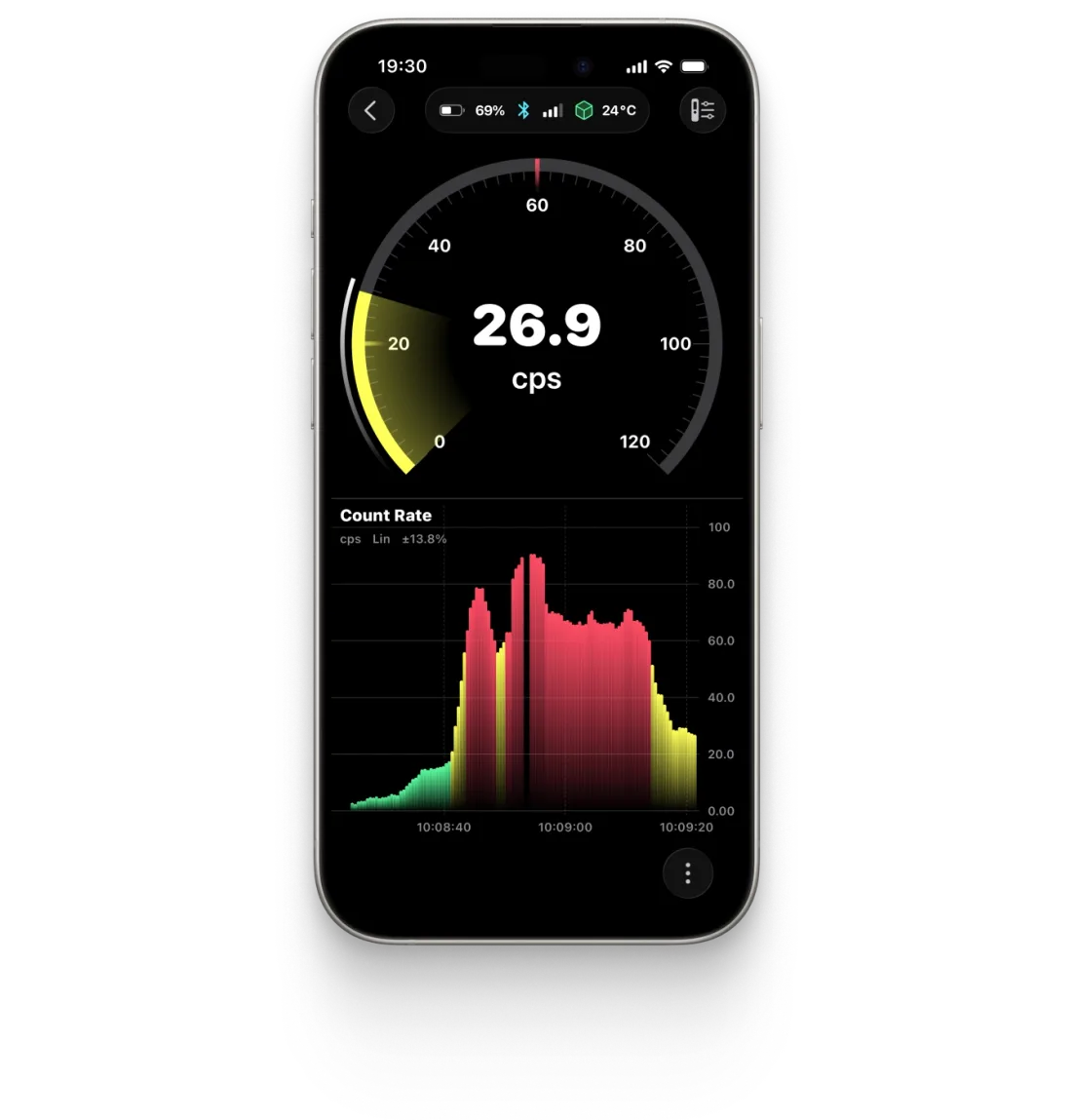Scientific gadget for curious minds
The world's first series of pocket-sized radiation detectors and spectrometers, engineered for all natural science enthusiasts
Ultrafast sensitive scintillation detector
Nuclear isotopes spectrum visualization
FWHM from 7.4% ±0.3%
Radiation tracks with Google Maps
Energy and temperature compensated dose rate and spectrum
Food testing mode for contamination
Mobile and PC application with extra features
Dashboard
Radiation Level
Tracking
Spectrum
Spectrogram
Event log
Search Mode
Food activity
Dose
Profile
Dashboard
Radiation Level
Tracking
Spectrum
Spectrogram
Event log
Search Mode
Food activity
Dose
Profile

Ultrafast sensitive scintillation detector

Nuclear isotopes spectrum visualization

FWHM from 7.4% ±0.3%

Radiation tracks with Google Maps

Energy and temperature compensated dose rate and spectrum

Food testing mode for contamination
Made in EU
2 Years Warranty
Models 2023-2025
Made in EU
2 Years Warranty
Models 2023-2025
Explore Radiacode
Standard Geiger Counter
Results are provided with a delay
Measurements only, no extra features
Space-consuming and hard to carry
Isotopes cannot be identified
Go beyond with Radiacode device
Fast reaction in background radiation
Mobile and PC application with extra features
Portable and versatile
Isotope identification and food analysis
Features
Feature 1
The Next-Generation Geiger Counter
Radiacode is a next-generation "Geiger counter" that radically changes the concept of nuclear radiation detection.
Enhanced Sensitivity and Efficiency
The counting rate of Radiacode under natural background is 300-500 CPM (Counts per Minute), which is, on average, 15-20 times higher than conventional Geiger counters . The high efficiency of the scintillation sensor allows it to acquire more data and respond to changes in real-time.
What advantages does this provide? Imagine finding yourself in an unfamiliar area and wanting to explore the territory for radiation. With a regular Geiger counter, you would need to move at a pace of 2-3 steps per minute. However, with Radiacode, you can walk at a normal speed and even record the radiation levels at each point. You could even record the radioactive path with GPS coordinates on Google Maps.
Reliable Performance in Varied Conditions
Each device undergoes temperature calibration ranging from +50 to -20 degrees Celsius, ensuring stable readings regardless of the temperature. Radiacode will provide accurate readings in any weather conditions.
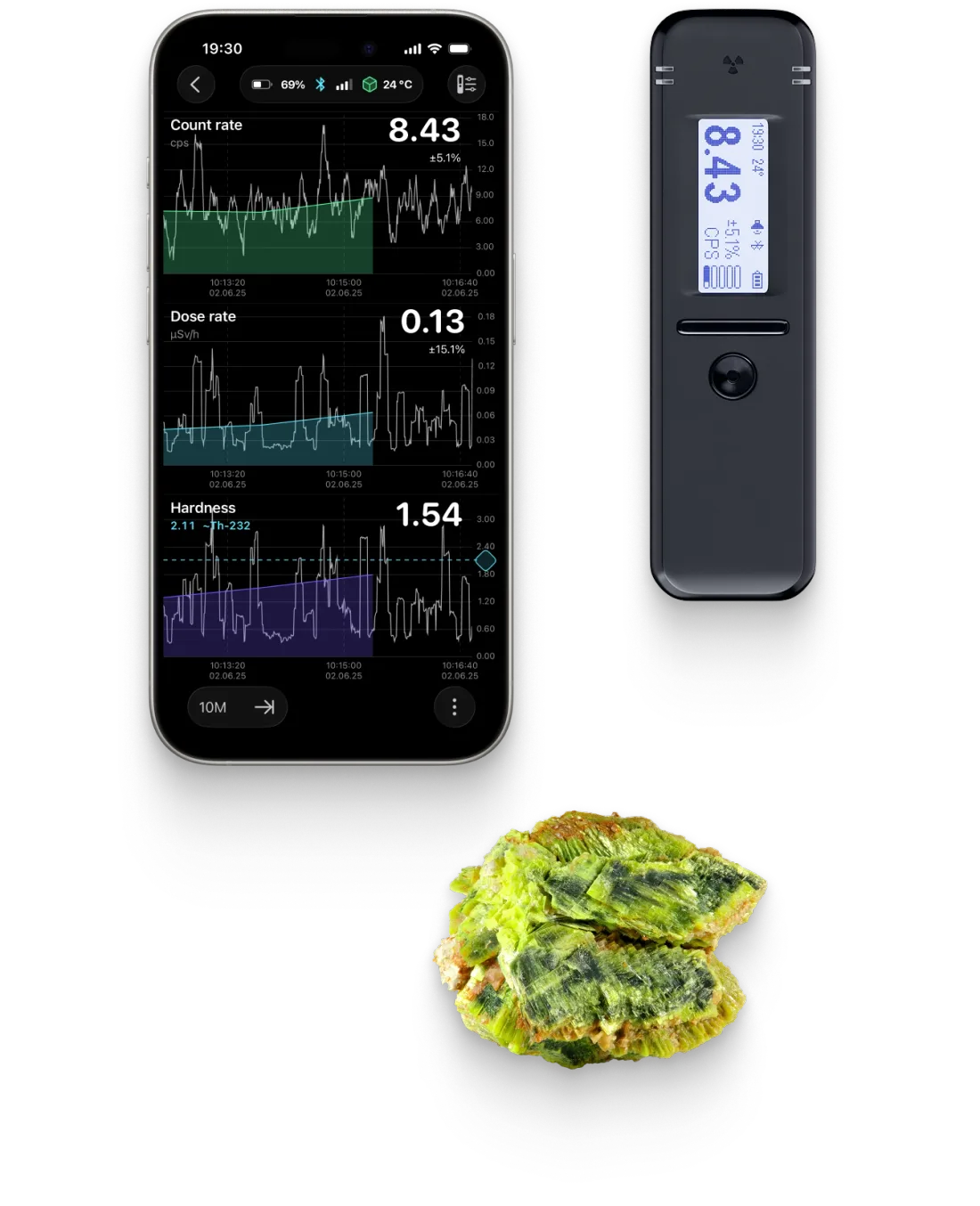
Comprehensive Measurement Features
Radiacode features Energy Compensation of the dose rate, allowing for equally precise measurement of both high-energy gamma radiation and low-energy X-rays. Measurement is conducted simultaneously in two channels : dose rate in microsieverts and impulses in CPS. In other words, one channel displays radiation intensity, while the other reflects the impact on living organisms.
Enhanced Safety with Customizable Alerts
Different isotopes and radiation sources affect organisms differently. Radiacode can recognize their energy and display accurate data regarding dose exposure. Importantly, for both CPS and μSv measurements, there is an alarm system that you can configure according to your preferences.
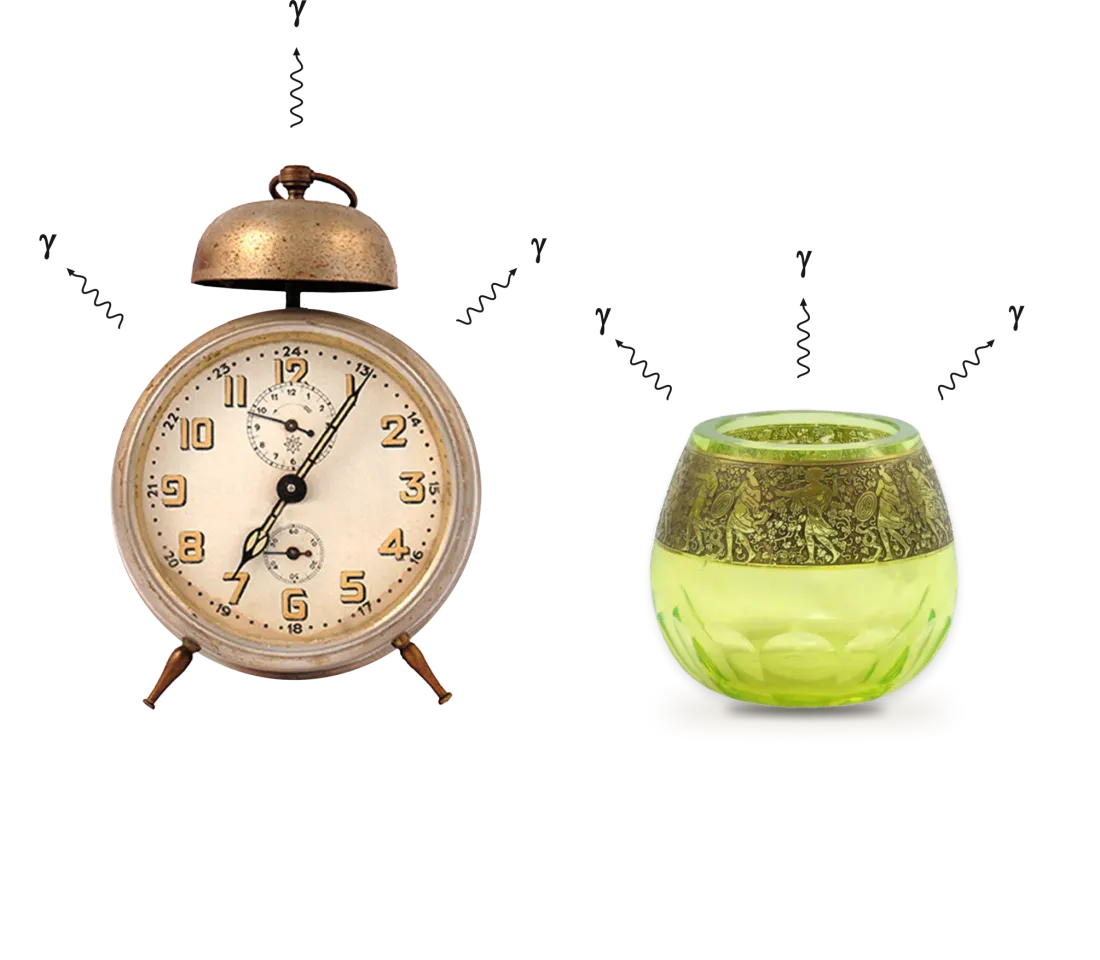
Feature 2
Radiation Source Spectrum Visualization
Radiacode doesn’t just detect radiation — it visualizes the gamma spectrum, helping you recognize the type of source and letting you explore various nuclear isotopes such as Potassium-40, Thorium-232, Radium-226, Cesium-137, Uranium 238 and even the decay products of the radioactive gas Radon-222, like Lead-214 and Bismuth-214.
Gamma spectroscopy opens a window into the fascinating world of nuclear science — for hobbyists, students, educators, and curious minds alike.
It works almost like chemical analysis: the source emits gamma rays, and the Radiacode detector measures their energy and displays the spectrum. You don’t even need to touch the source. Just bring the device close to the object, and that’s enough.
Examine your surroundings, test rock samples, analyze antiques, study soil, share spectra in our online community — and make discoveries of your own.
And most importantly: no ordinary Geiger counter can do this.

Device Calibration and Spectral Accuracy
Every device has individual temperature calibration, ensuring consistent spectral recording even under significant temperature variations. The accuracy of the spectrum will be maintained regardless of temperature fluctuations. The spectrum resolution for Cs-137 is 8.4% ±0.3% (Radiacode 103) Full Width at Half Maximum (FWHM), considered the industry standards for scintillation spectroscopic equipment. For optimal visualization, you can view the spectrum chart on a Bluetooth-connected smartphone or PC.
Simplifying Spectrometry
You may have thought that spectrometry is complex and requires special skills. But it's actually quite simple. Just bring the device close to the object of study and restart the spectrum collection. Depending on the type of isotope and the source's strength, it may take anywhere from a few seconds to several hours.
Feature 3
Radiation Mapping
Radiacode's captivating feature is its ability to record radiation measurements on Google Maps or OpenStreetMap (OSM) when synchronized with a smartphone via Bluetooth.
Interactive Color-Coded Radiation Mapping
The device automatically captures radiation levels at user-defined intervals, creating a track composed of colored points on the map. The color of the track represents the radiation level at the corresponding location: shades of red signify higher levels, yellow indicates moderate levels, and blue and green show lower levels. This color-coding is as straightforward as a traffic light system.
Customizable Mapping and Sharing Features
Additionally, you have the option to customize your own color palettes. You can also export your maps to share with other Radiacode users or import their maps directly into your application.
Radiacode is your “sixth sense” in the world of radiation. You will discover places with elevated or reduced radiation levels, which may indicate interesting and unusual phenomena or objects.
Feature 4
Advanced Food Contamination Check
Radiacode has a specialized mode for measuring the presence of Cesium-137 in food products.
Cesium-137 is one of the most widespread radioactive isotopes, released during nuclear tests and accidents in the 20th century, including Chernobyl. Winds and rains carried it across the globe — traces are even found in Africa and Antarctica.
The problem is that Cs-137 is an artificial element, previously unknown to nature. The body mistakes it for essential nutrients, causing it to accumulate in muscles, the heart, and the liver, where it can remain for a lifetime.
Chernobyl Rain
Fallout Spots

Seafood
Sample activity: 840 Bq
72%
MPC

Blueberry
Sample activity: 2.16k Bq
180%
MPC

Meat
Sample activity: 2.52k Bq
217%
MPC

Mushrooms
Sample activity: 2.76k Bq
233%
MPC

Seafood
Sample activity: 840 Bq
72%
MPC

Blueberry
Sample activity: 2.16k Bq
180%
MPC

Meat
Sample activity: 2.52k Bq
217%
MPC

Mushrooms
Sample activity: 2.76k Bq
233%
MPC
Unlike minerals vital for health (potassium, calcium, zinc, iron), Cs-137 has no safe threshold — any amount is considered undesirable.
Radiacode uses technology similar to methods applied in food analysis labs, and can detect even trace amounts of Cs-137, estimate relative activity (e.g., in Bq/kg), and compare results with permissible safety limits.
This makes it possible to check foods — seafood, berries, mushrooms, dairy, meat, and more.
For food measurements, use a Marinelli beaker or other supported containers (sold separately, not included with the device).
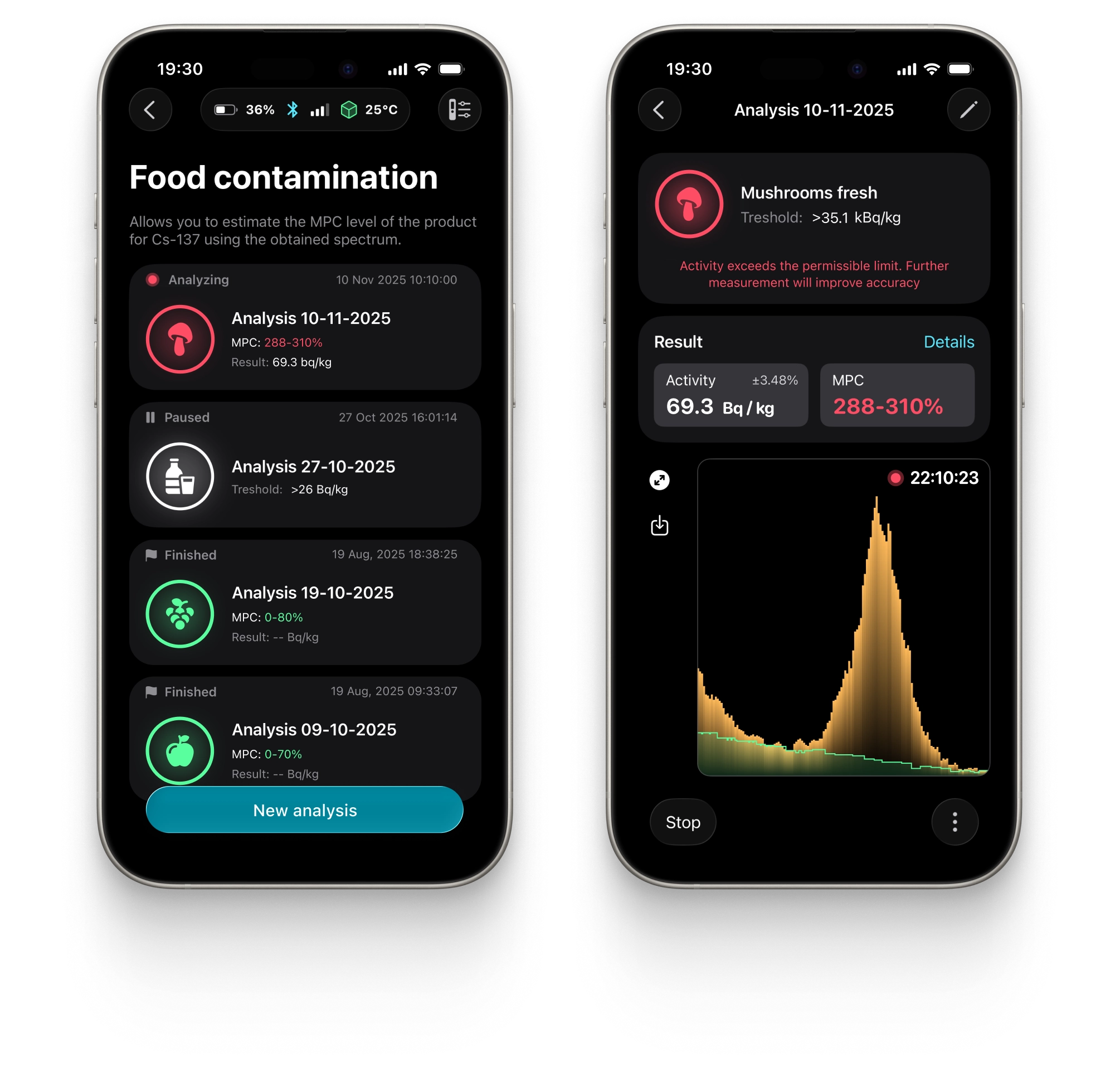
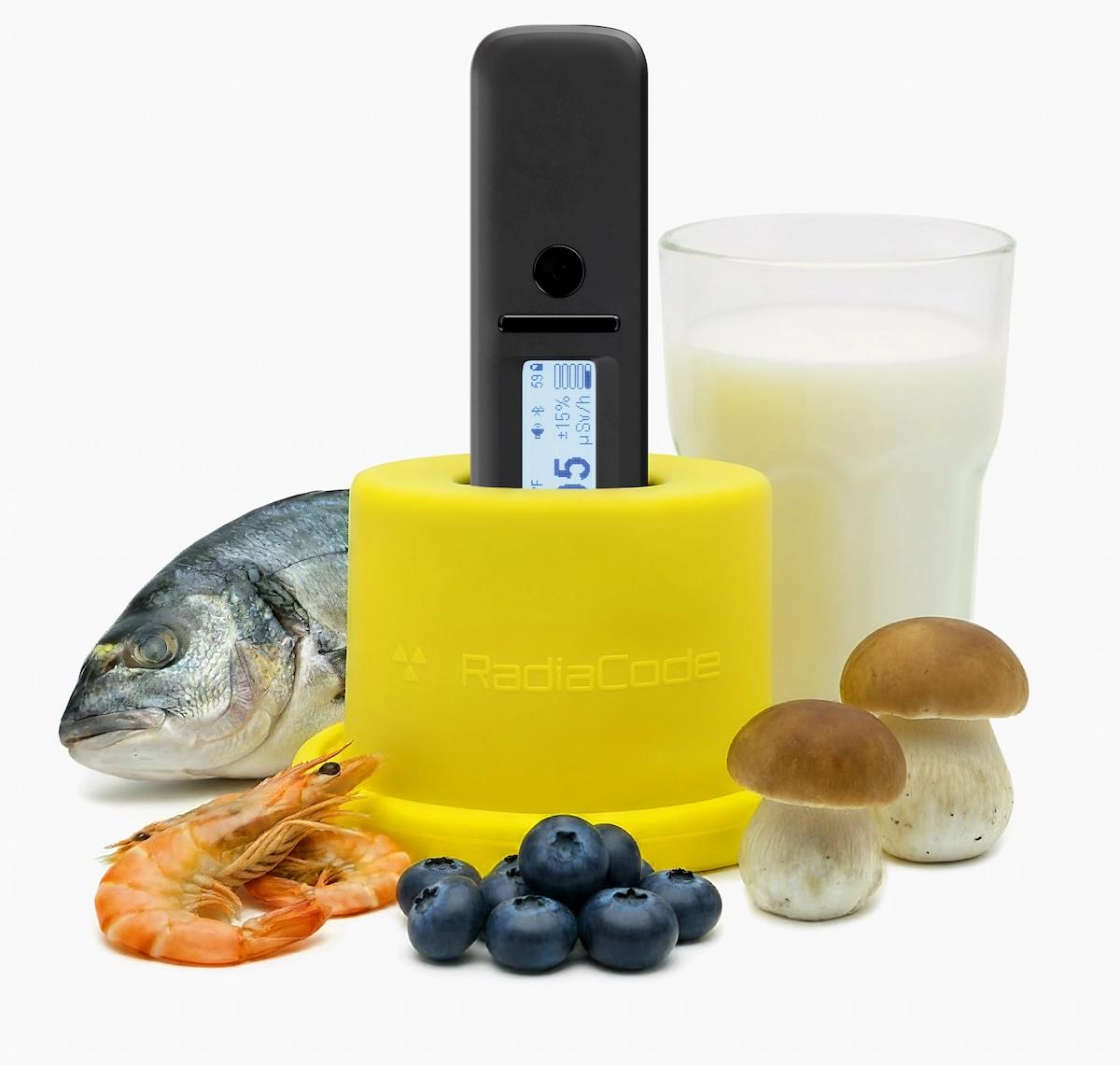
Feature 5
Advanced Search Mode
This mode is specifically designed to help you detect radiation with maximum sensitivity, ensuring swift and efficient movement during critical operations.
- With real-time updates, readings refresh twice per second, allowing you to cover larger areas in less time without compromising accuracy.
- Enhanced audio feedback, available through your smartphone or headphones, keeps you informed in noisy or sensitive environments without drawing unwanted attention.
- The analog indicator provides peripheral awareness, enabling you to monitor radiation levels without constantly checking the screen, making it easier to react in dynamic situations.
- For those tracking radiation levels over time, the visual graph helps identify rising trends and allows for timely adjustments.
- Additionally, the modified algorithm minimizes response delays, offering faster feedback for split-second decision-making.
Built on decades of experience with analog detection technologies and utilizing highly sensitive scintillator technology, this mode ensures the most responsive tool for radiation detection, helping you complete your mission quickly, safely, and accurately.
Feature 6
Spectrogram Functionality
The spectrogram feature continuously records gamma spectra over time and presents them in a compact, visual format for retrospective review.
This passive background mode allows the user to observe the evolution of gamma radiation patterns — without requiring active interaction or specialized knowledge.
In the event of a brief radiation spike, the recorded spectrogram may help the user understand when it occurred and examine the general spectral shape.

Real-Time Radiation Spectrum Visualization
In everyday environments, brief spikes in radiation levels can sometimes occur — for example, when individuals who have recently undergone radioisotope therapy or contrast imaging pass by. These short-lived events may momentarily trigger the device's alarm, often leaving the user puzzled or concerned.
However, with real-time gamma spectrum visualization running in the background, the device captures and stores spectral data during such events.
Later, by reviewing the recorded spectrogram, the user may observe distinct gamma lines that correspond to common medical isotopes, such as Technetium-99m, thus helping to better understand and contextualize the radiation spike — without guessing or alarm.


Free Worldwide Shipping

2-Year Warranty

Easy Return & Refund
Software
Radiacode devices are engineered for both autonomous operation and enhanced functionality when paired with a smartphone or computer
Discover the full potential of Radiacode, a device designed for smart, flexible, and efficient operations, which transforms into an even more powerful tool when paired with Radiacode software, thereby enhancing device capabilities in radiation monitoring and data analysis.
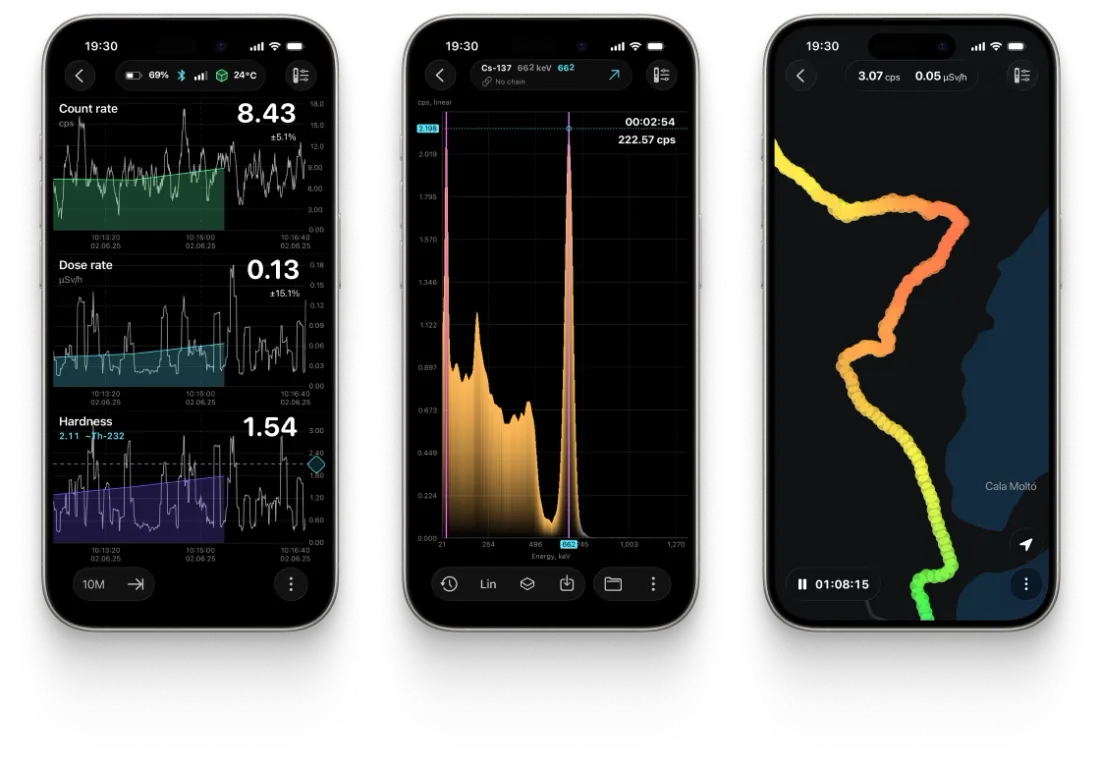
Hardware
The Radiacode device is showcased in an ergonomically designed plastic casing, making it convenient and comfortable to use.
The device is equipped with a clear, monochrome graphical display and it incorporates auditory, visual, and tactile alerts, providing a variety of notification options.
This dosimeter comes with an automatic screen backlight feature for optimal visibility in low-light conditions, and it offers high-contrast settings for superior readability in bright environments. In addition, the screen rotation can be manually set according to the user's preference for either left or right-hand operation. Alternatively, the device is capable of automatically adjusting the screen orientation using its in-built accelerometer.
Detector
The sensor is made with an artificially grown CsI(Tl) or GAGG(Ce) crystal, depending on the model. This makes it 20 times faster and more sensitive to radiation than a Geiger counter.
Display
Tough, low-power backlit display that's great to view in sunlight or darkness.
CPU & Motherboard
The central processor, based on the latest ARM architecture, provides real-time sensor data analysis and conversion for high measurement speed and accuracy.
Case
Compact, radiation-transparent plastic case designed for easy everyday use.
Battery
The Li-poly battery (1000mAh for the 10X series models, 1500mAh for the 110 model) provides up to 200 and 290 hours of operation, respectively, and is charged via a widely available Type-C connector.
Radiacode Sensor
Radiacode crystal, possessing optimal shape and size, in conjunction with the solid-state photomultiplier and specialized analog-digital processing, bestows the Radiacode dosimeter with high sensitivity across a broad spectrum of ionizing radiation energies.
Cubic-shaped crystal ensures consistent sensitivity, irrespective of the device’s orientation toward the radiation source.

Moisture-proof sealed capsule containing a CsI(Tl) or GAGG(Ce) crystal.

A precision-calibrated, temperature-compensated power supply assigned to the photomultiplier.

The entire sensor is securely enclosed within a hermetically sealed capsule, precluding any contact of the crystal with the ambient environment.

A high-speed analog-digital circuit, designed to process pulses emerging from the photomultiplier.
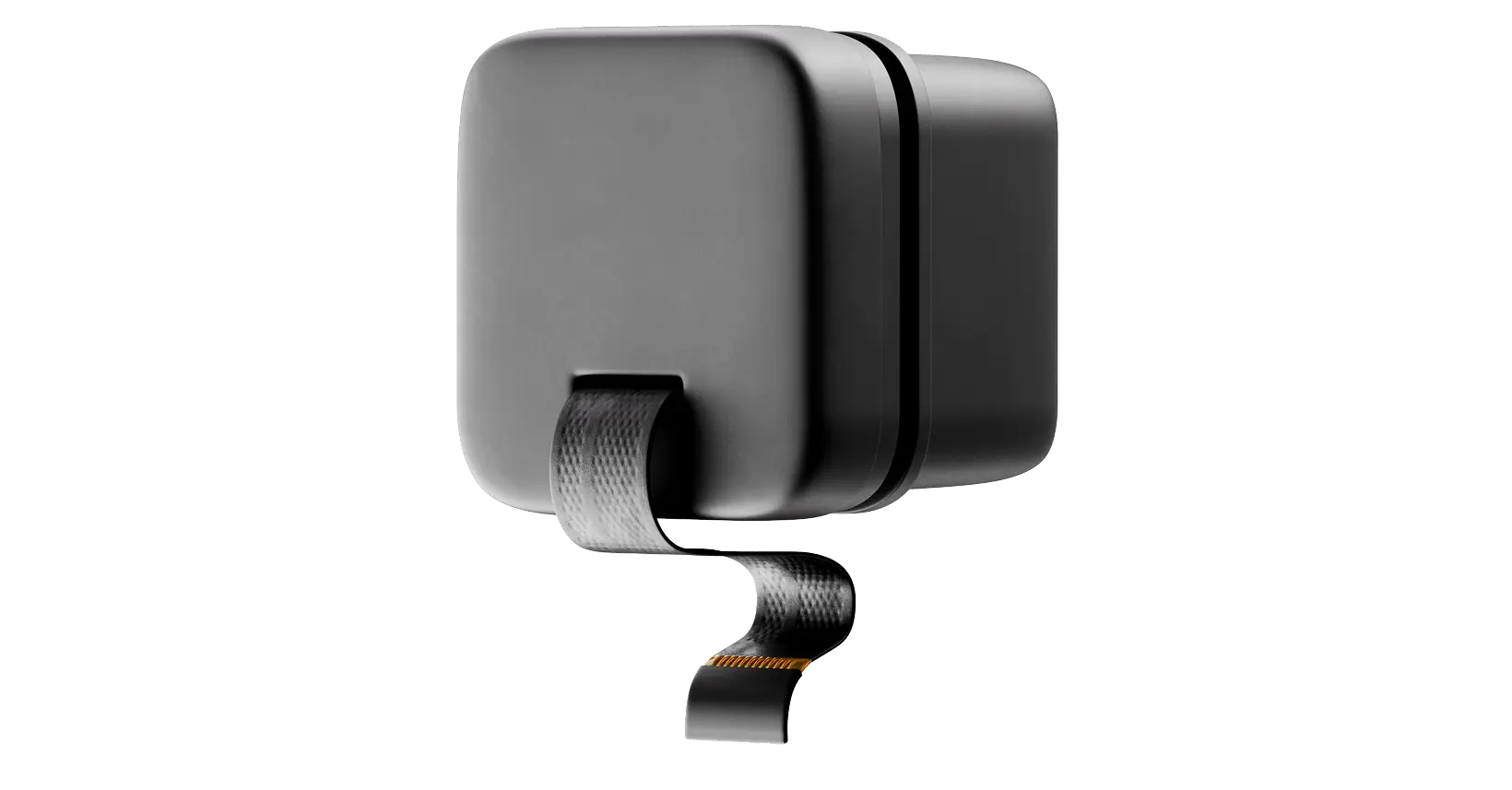

Moisture-proof sealed capsule containing a CsI(Tl) or GAGG(Ce) crystal.

A precision-calibrated, temperature-compensated power supply assigned to the photomultiplier.

The entire sensor is securely enclosed within a hermetically sealed capsule, precluding any contact of the crystal with the ambient environment.

A high-speed analog-digital circuit, designed to process pulses emerging from the photomultiplier.
Tech specs
Modes of operations
The Radiacode dosimeter operates in a continuous manner, gathering, storing, and analyzing data over time. As a result, at any given moment, the device's display can showcase one of several options for assessing radiation levels.
When the Radiacode dosimeter is connected to a smartphone via Bluetooth, the RadiaCode app further expands the display options for assessing radiation levels.

Monitor
Provides real-time dose rate and count rate measurements (μSv/h, μR/h, CPS, CPM).

Dose
Shows the cumulative dose measurements (μSv, μR).

Search
Offers a graphical representation of the count rate (CPM or CPS) aiding in locating point sources of radiation.

Spectrum
Displays the energy spectrum of gamma radiation on a linear or logarithmic scale.
Videos
View AllYour order is in safe hands
Join Community
In synergy with
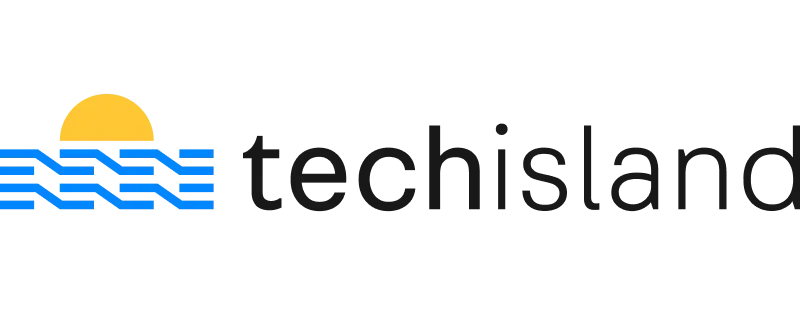
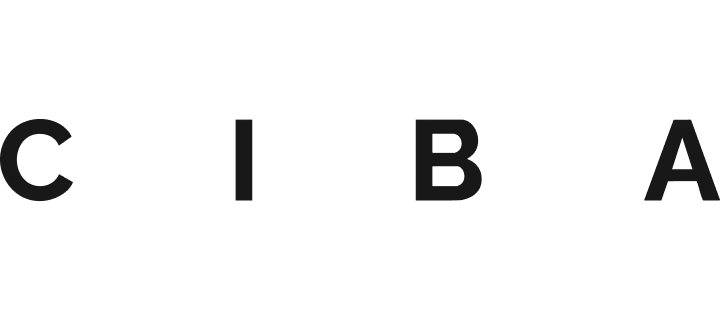

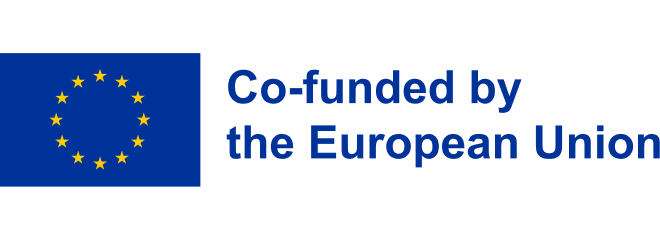
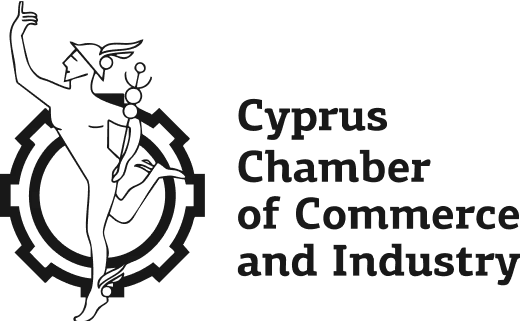
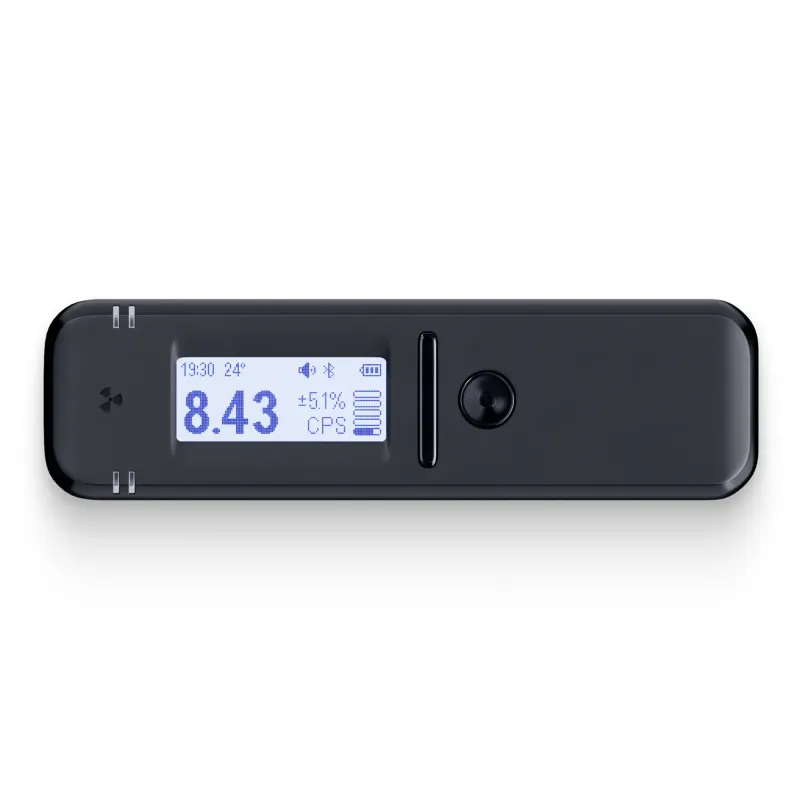
 Csl (Tl)
Csl (Tl)
